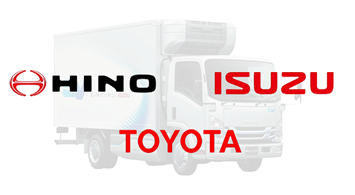Explore Brown University Sports Exhibit: A Dive into Athletic History
Introduction to Brown University’s Athletic Heritage Brown University, an Ivy League institution renowned for its academic excellence, also boasts a rich tapestry of athletic history. …









